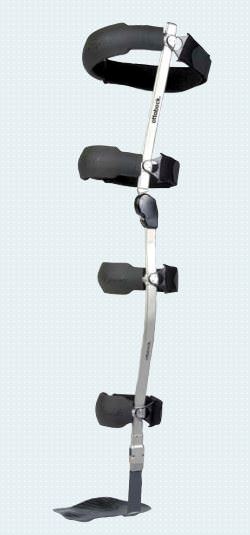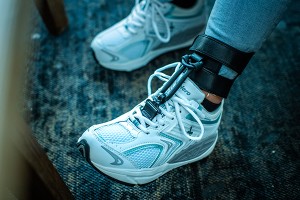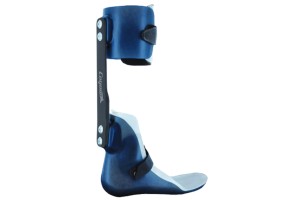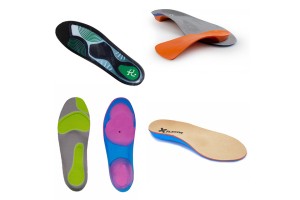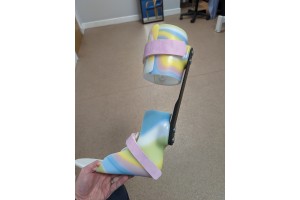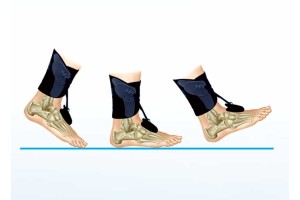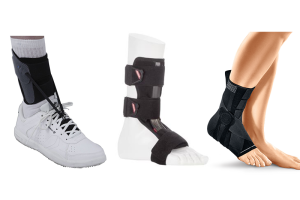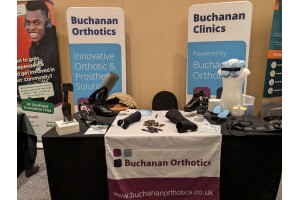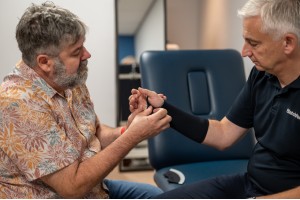Walking Easier with MS: Orthotic Solutions
Walking difficulties are common for people with MS. This can include leg weakness, foot drop, or stumbling. Orthotic devices, like braces and splints, can help manage these challenges and improve mobility. With the right support, many people with MS can continue enjoying their favourite activities.
Book an Assessment
What is an orthotist?
Orthotists are experts in biomechanics and the musculoskeletal system. They use their knowledge to design and fit orthotic devices that improve function and support healing. Whether you have a condition like MS or a sports injury, an orthotist can help you regain mobility and manage pain.
What are orthoses?
Orthoses are supportive devices worn on the body to improve function and mobility. They come in various forms, including:
- Insoles (worn inside shoes)
- Ankle and knee braces
- Spinal jackets
- Wrist supports
Unlike prostheses, which replace a missing limb, orthoses provide external support to a body part with reduced function.
For people with MS, orthoses can offer several benefits:
- Improved mobility and walking (gait)
- Reduced risk of falls
- Pain relief
Orthotic devices
Ankle-foot orthosis (AFO)
An ankle-foot orthosis, or AFO, is probably the most commonly used orthotic device among people with MS. An AFO is any brace that covers the foot and ankle area and is sometimes referred to as a ‘splint’.
The materials used differ depending on the support needed, they can be completely rigid to immobilise the ankle or they may be more flexible to encourage movement in certain directions. The AFOs we prescribe can be an off-the-shelf product or completely custom-made for the person, it all depends on the clinical need.
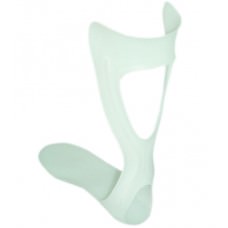
Elasticated supports
Elasticated supports such as a ‘Foot up’ or Prim Airmed are often used in the early stages of treating a footdrop. These are excellent devices to help lift the foot when there is an isolated weakness. The main benefit of this style of device is that there is nothing hard within the shoe however they do require footwear with the ability to attach the clips.
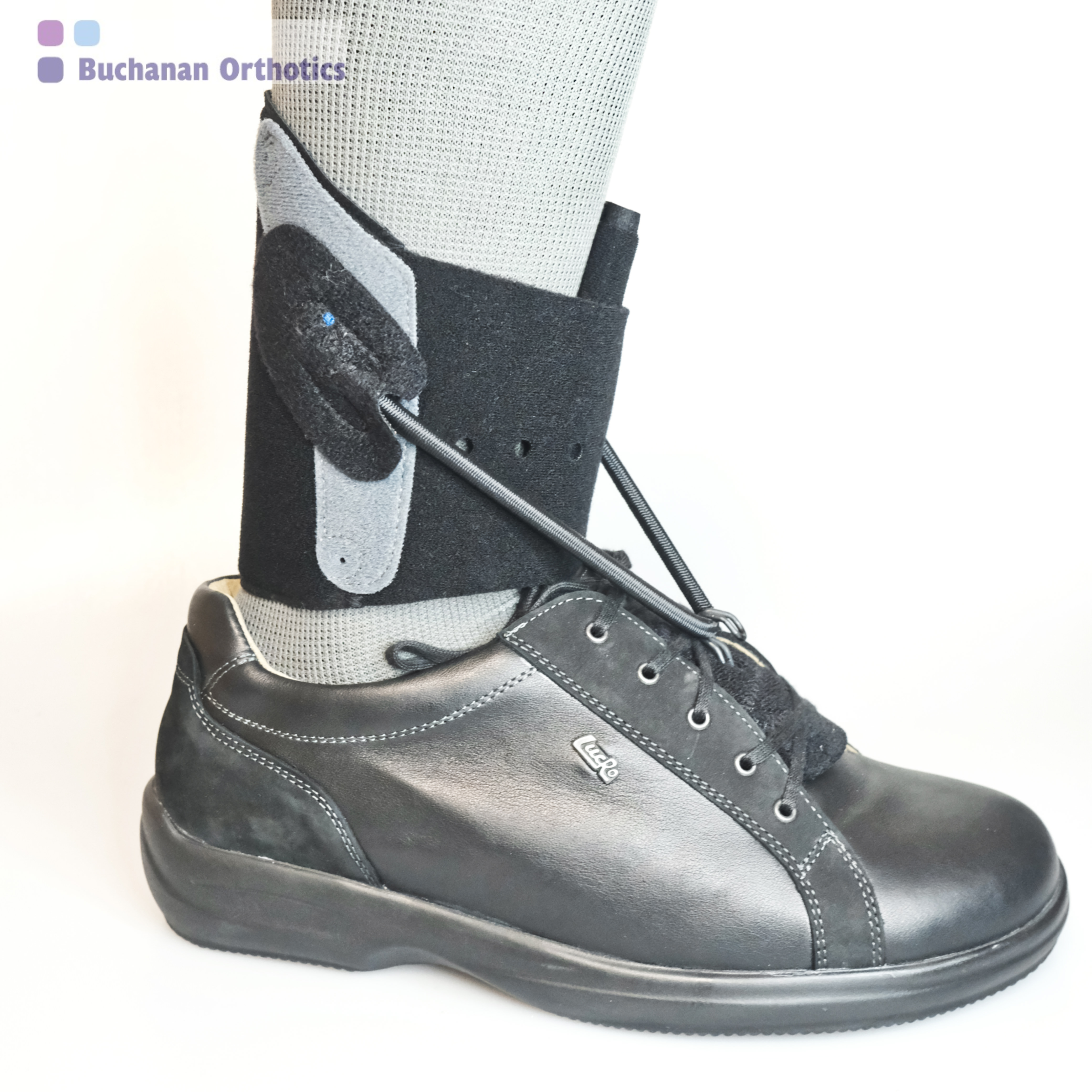
Hip Weakness
Hip weakness is a common symptom experienced by people with MS. It can significantly impact mobility, balance, and the ability to perform everyday activities such as walking, climbing stairs, and even standing from a seated position.
Causes of Hip Weakness in MS
Hip weakness in MS is primarily caused by damage to the nerves that control the hip muscles. This damage disrupts the transmission of signals between the brain and the muscles, leading to weakness and difficulty controlling movement.
Weak hip muscles can make it challenging to:
- Walk with a steady gait. This can lead to increased fatigue and a higher risk of falls.
- Maintain balance, especially when changing directions or navigating uneven surfaces.
- Perform activities that require hip strength, such as getting up from a chair, climbing stairs, and getting in and out of bed.
At the Buchanan Clinic we are experts in the use of Dictus hip flexion devices.
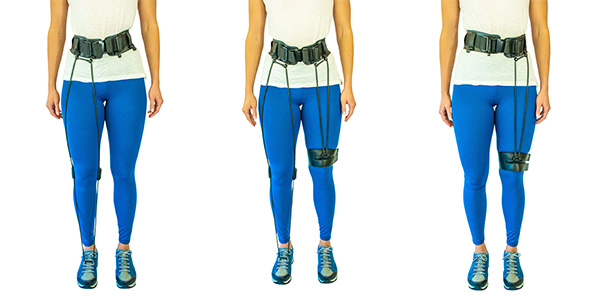
The Dicutus hip comes in two versions
Book an Assessment
Dictus Hip-Knee
Dictus Hip-Knee consists of a comfortable hip belt and elastic rubber band that is attached to the thigh.
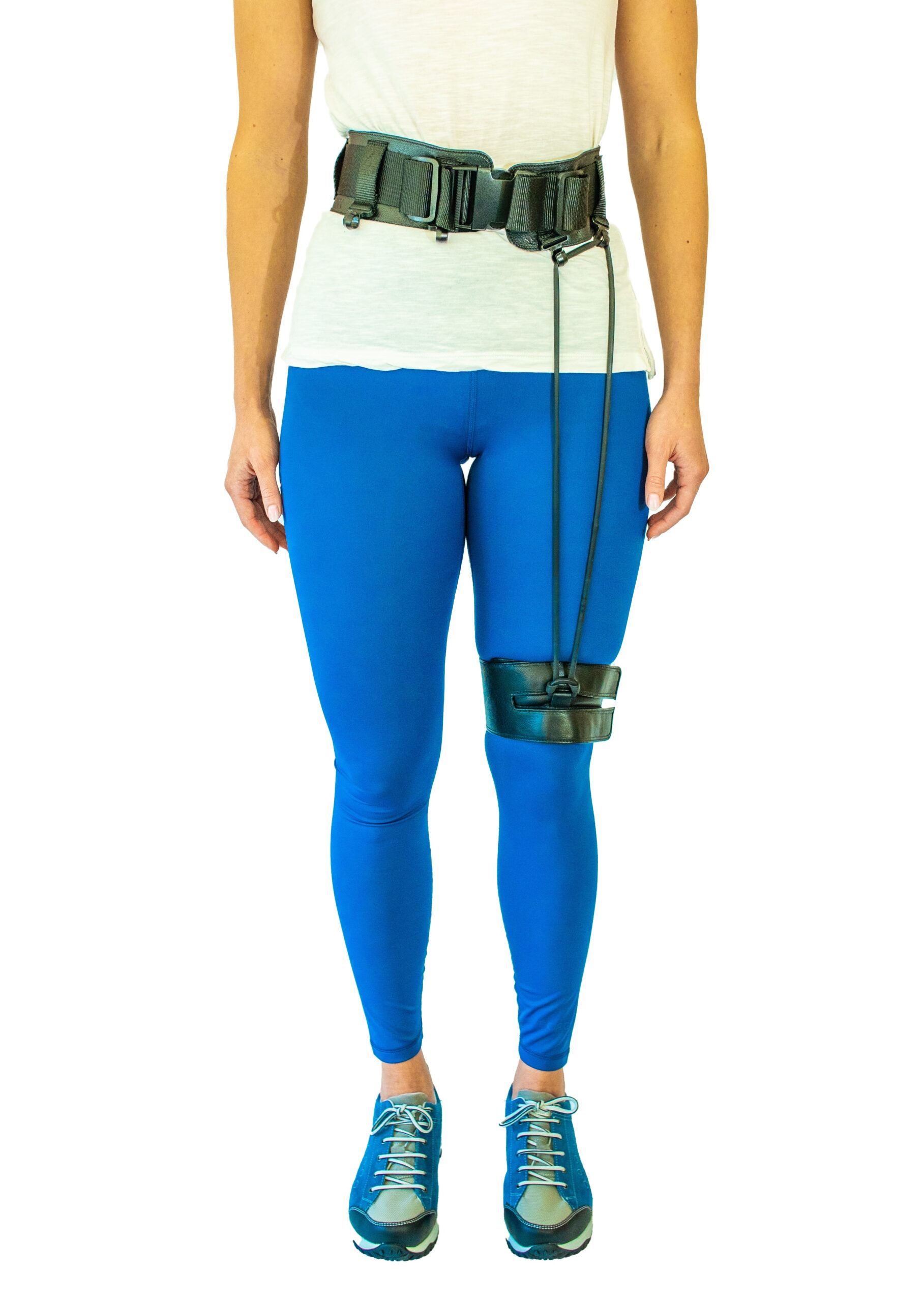
Dictus HIP-foot
Dictus HIP-Foot consists of a comfortable hip belt and elastic rubber band with knee band that is attached to the foot part.
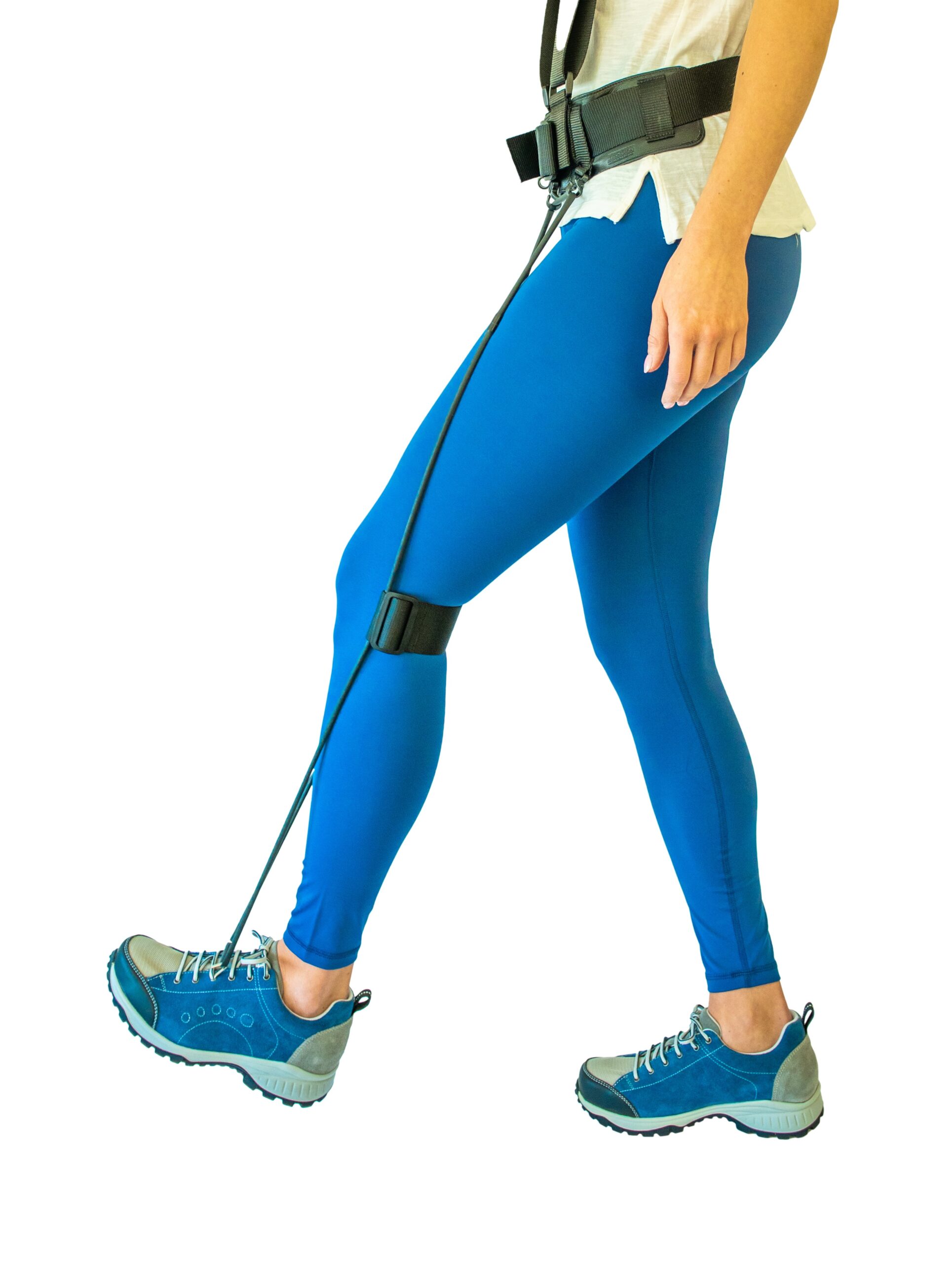
The Dictus HIP-foot attaches into the shoe so will assist with lifting the foot and as it passes behind the knee it will assist in living the leg, and flexing the hip and the knee making walking easier.
Insoles
Prescription insoles can be made from a cast or 3D scan of the person’s foot and are inserted into the shoe. They can be used to correct problems such as abnormal walking patterns, reduce pain or relieve pressure on certain areas of the foot. Like AFOs, insoles can be an off-the-shelf or custom-made device.
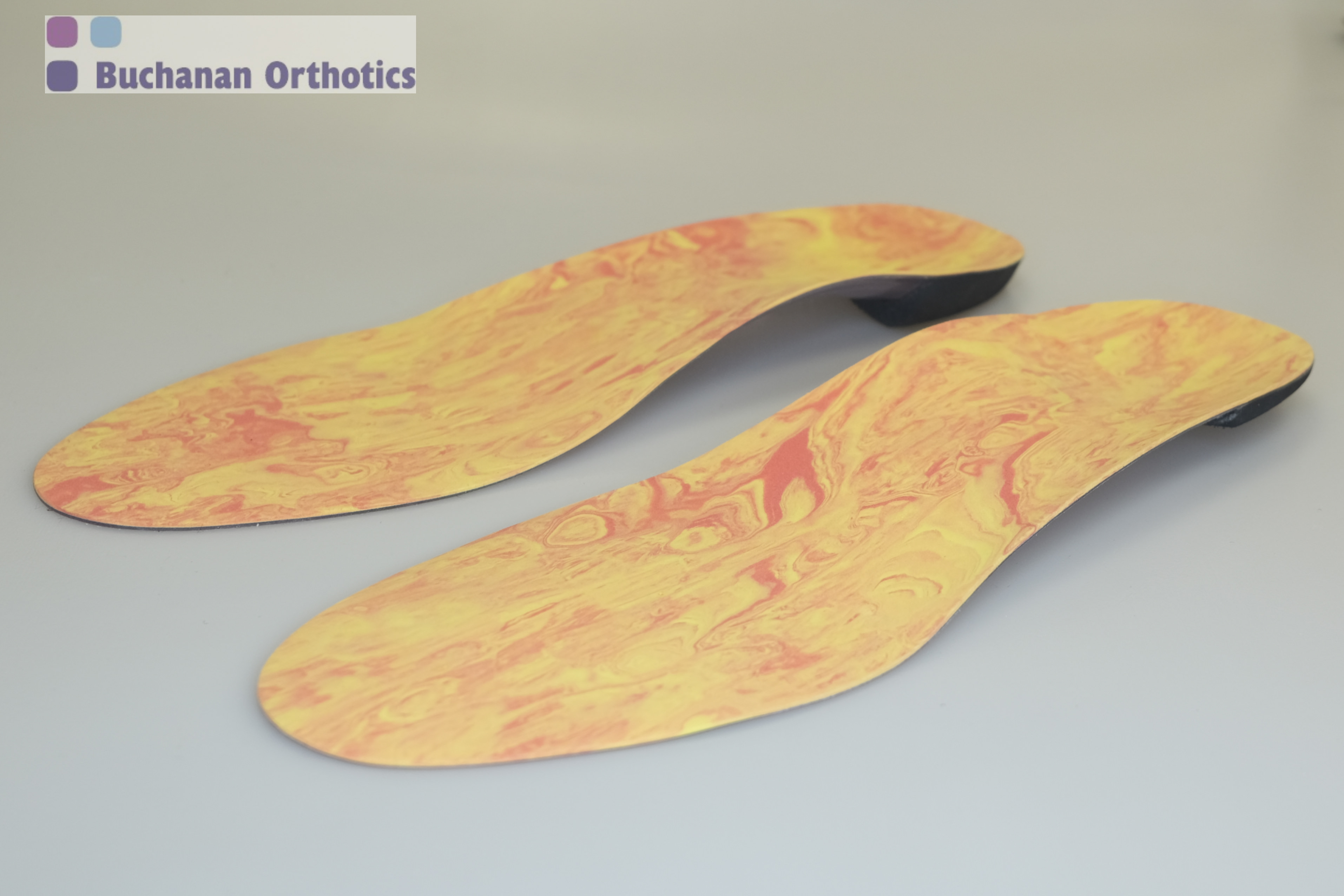
Resting splints
People with MS often experience muscle stiffness or tightness (contractures) in their joints. Resting splints can help manage this by gently stretching the muscles and keeping the joints in a more comfortable position.
These splints, sometimes called positional braces, can be custom-made to fit your body precisely, or they may be available as off-the-shelf options for a more general fit. They can be lined with soft materials like sheepskin for added comfort. They are typically worn overnight to provide a prolonged, gentle stretch.
New options such as the Turtle brace can prove to be good options post botox or for serial casting.
The Turtle brace is moulded directly to your leg in a corrected position and can be re-moulded over 200 times to allow for positional changes and improvements in range.
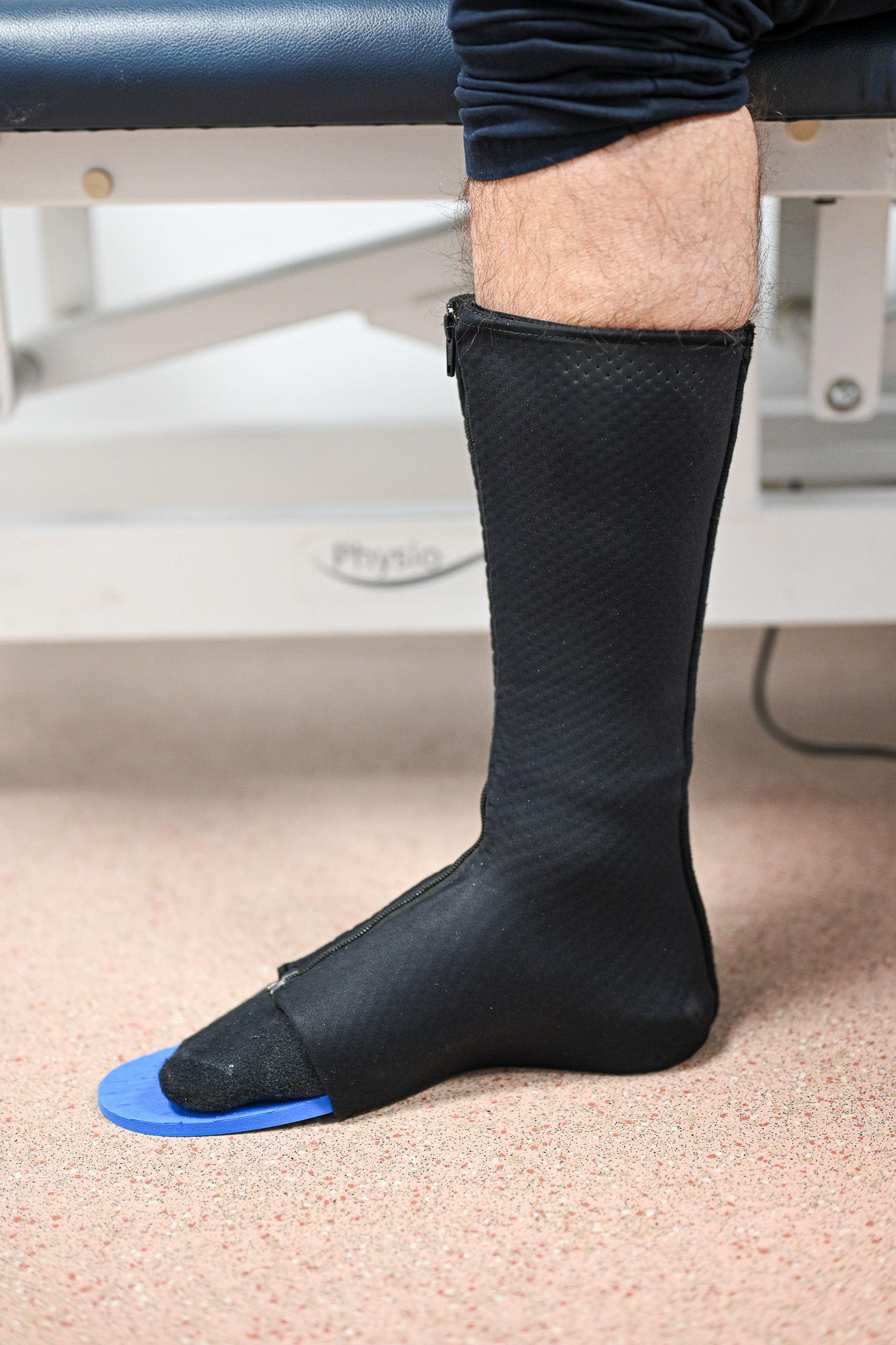
Sport Specific Orthoses
Most Ankle foot orthoses are designed with walking in mind, not to say that they cant be used for sport however, it was often not what their intended purpose is. Sport specific orthoses are often not available on the NHS requiring suffers to purchase these devices privately.
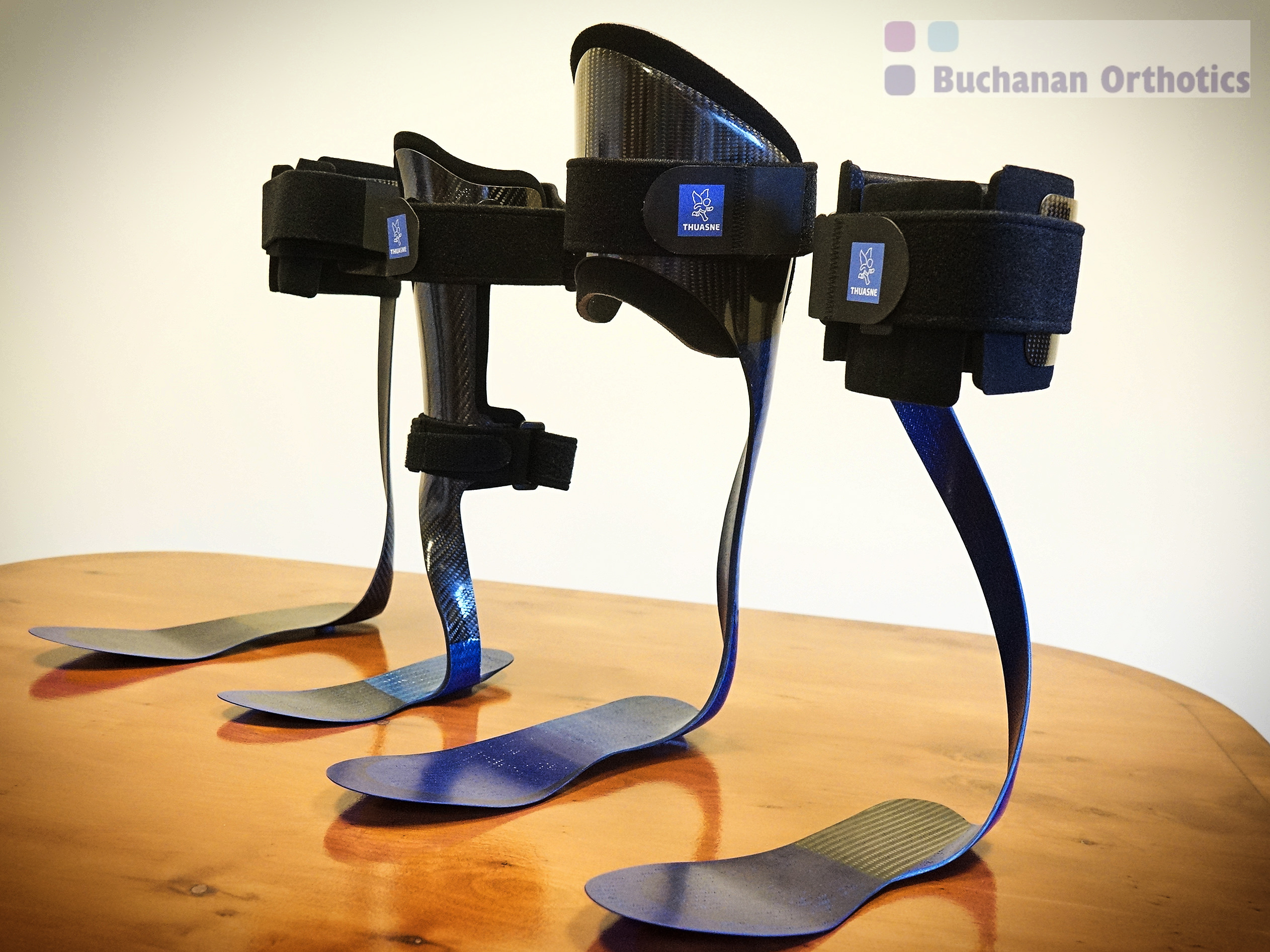
Carbon Fibre AFO's
There are options for the treatment of footdrop when undertaking sports such as running like the Turbomed Xtern and custom-designed carbon fibre devices.
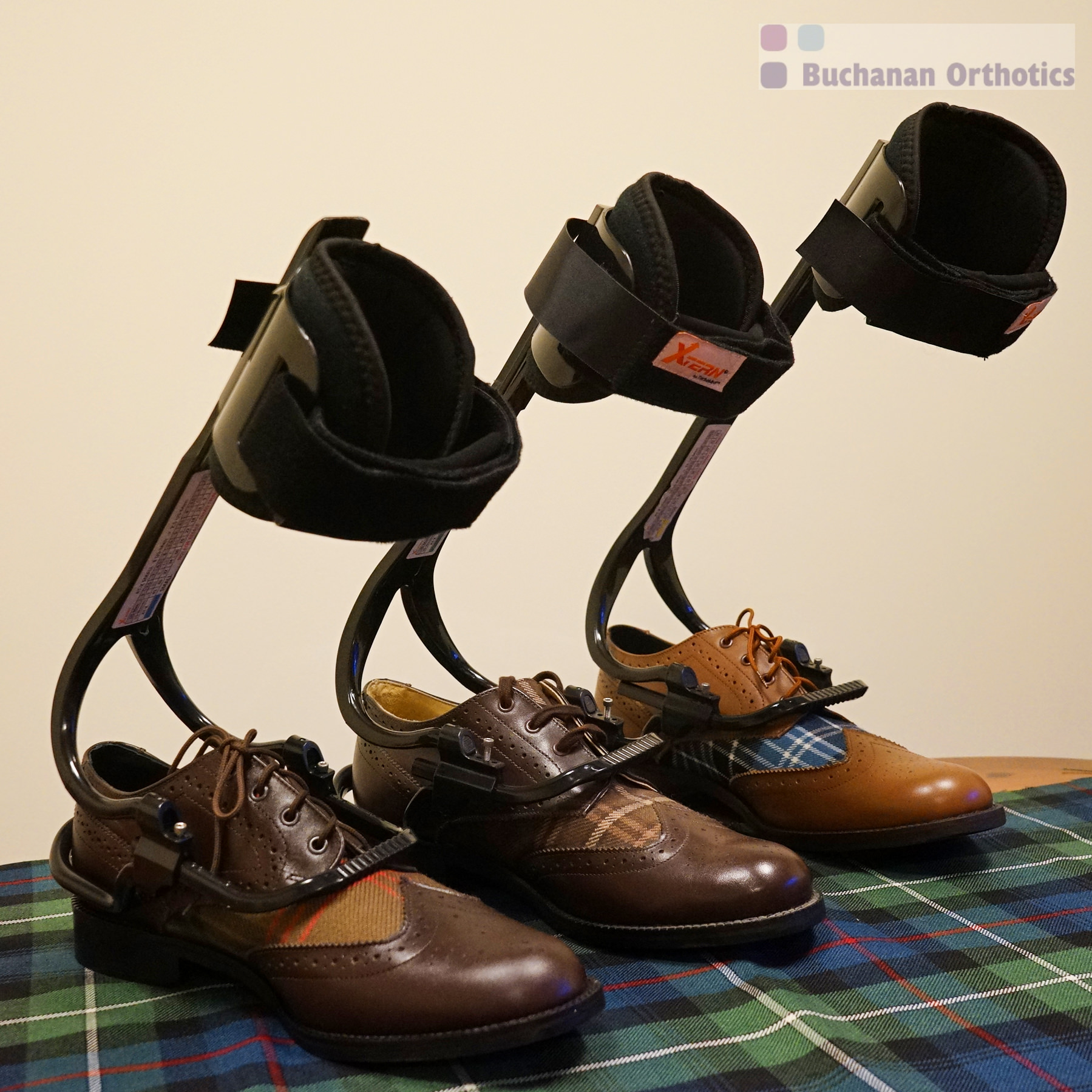
Turbomed Xtern
Using AFOs to treat foot drop
An ankle-foot orthosis may be used for foot drop, but sometimes it’s a more complex picture.
Often in MS, people don’t have drop foot or a weakness of their ankle dorsiflexors (the muscles at the front of your ankle) in isolation. There’s often other subtle symptoms involved – such as other weakness, balance issues, changes in muscle tone, fatigue or issues with sensation – but it all gets clumped together under foot drop because the foot catching on the floor is what is seen clinically.
It’s essential to establish what’s causing the drop foot. An AFO would be the right treatment option for ankle weakness, but if it’s caused by weakness somewhere else, it may not be appropriate.
Book an Assessment
How visible are they?
Most orthoses are designed to be worn next to the skin, under your clothes – so they’re discreet from that point of view.
However, the greater the functional loss, the more support is needed, which may require a bulkier orthotic, so they’re not always invisible.
Getting used to wearing an orthosis
Getting used to wearing an orthosis is a gradual process. Your orthotist will advise you on how to break in your new orthosis comfortably. They'll also provide guidance on caring for your skin, choosing suitable socks and shoes, and whether you need to wear a barrier (like a legging) between the orthosis and your skin.
You don't necessarily have to wear your orthosis all the time. How often you wear it depends on your individual needs, the type of orthosis, and the activities you do.
For example, some people wear their orthosis all day, while others only wear it for specific activities, like walking or exercising.
Early intervention
Early intervention is important in orthotics. The earlier you go, the more options are available. Once you’ve got very established gait deviations, tightness in certain joints or established weakness, the choices are narrowed. Early assessment means there’s a wider variety of devices that might be suitable for you. Don’t be afraid to go to orthotics – it’s not a scary place!
Knee Weakness
In addition to foot drop, some people with MS may also experience weakness in the muscles that stabilise the knee. This can cause the knee to give way or buckle, leading to falls and difficulty with walking.
If knee weakness progresses, a knee brace or Knee Ankle Foot Orthosis (KAFO) may be recommended to provide support and improve safety. While some people may initially feel hesitant about using these devices, they can significantly improve mobility and independence.
Knee braces and KAFOs can help:
- Increase walking distance by reducing fatigue in the knee muscles.
- Improve stability and reduce the risk of falls.
- Maintain knee alignment and prevent hyperextension (over-straightening).
Stance control devices, such as the Freewalk, can be another helpful option, particularly in the early stages of knee weakness. These devices provide support while allowing for a more natural walking pattern.
FreeWalk from OttoBock
Who covers the cost?
All NHS health boards have an orthotics service which supply a wide range of orthoses, both stock and custom-made, on the NHS. Some more high-end devices are only available privately, such as custom-made carbon fibre braces or Silicone Ankle Foot Orthoses (SAFO).
Carbon fibre is thinner, lighter and more durable than plastic, but it’s not as cost effective for the NHS. Some designs can provide energy return providing a literal spring to your step.
SAFO’s offer the most cosmetic options as they can be roughly matched to skin tone and are worn directly against the skin.
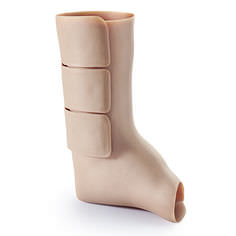
Silicone AFO
Book an Assessment
Contact Details
Email: [email protected]
Call: 0141 440 1999
Address: 603 Helen Street, Glasgow, Scotland, G51 3AR
Online Booking: Buchanan Clinic Appointments

